A Complete Analysis of “Leslie Carter” by Alphonse Mucha
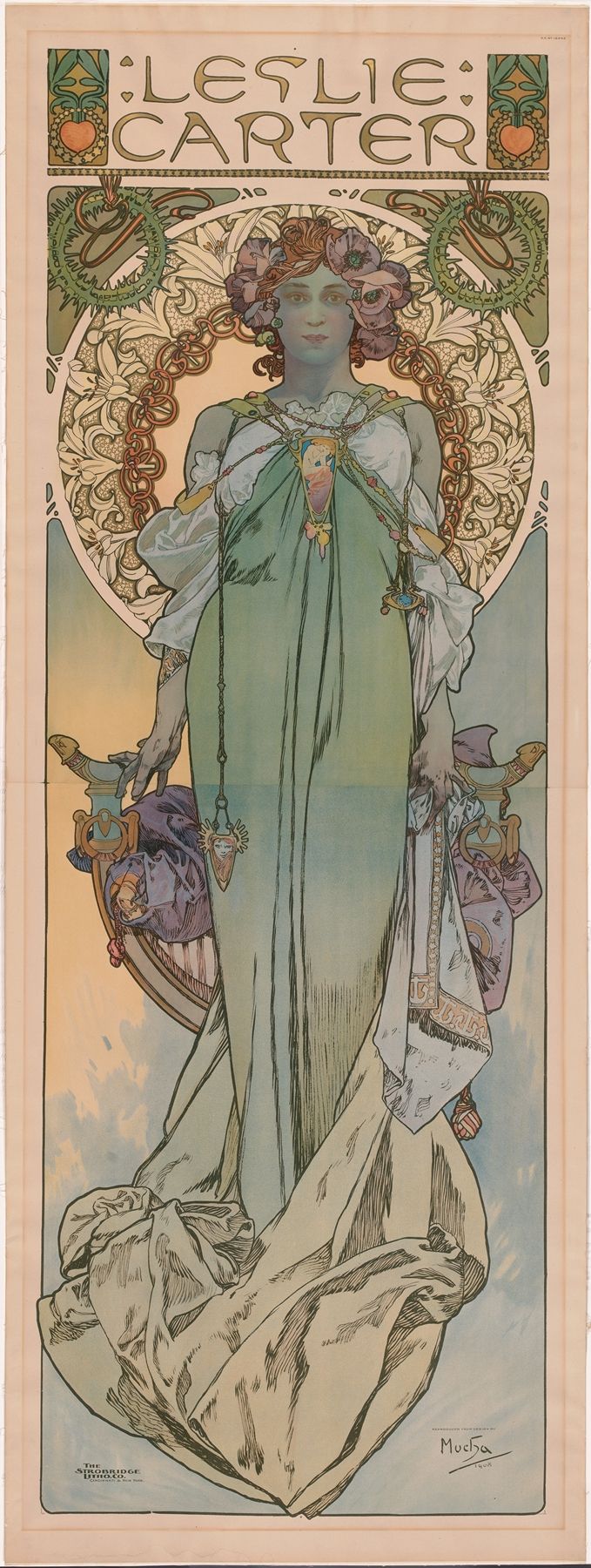
Explore the elegance and symbolism in Alphonse Mucha’s 1908 poster for actress Leslie Carter, where Art Nouveau ornament and theatrical portraiture unite.

Explore the elegance and symbolism in Alphonse Mucha’s 1908 poster for actress Leslie Carter, where Art Nouveau ornament and theatrical portraiture unite.
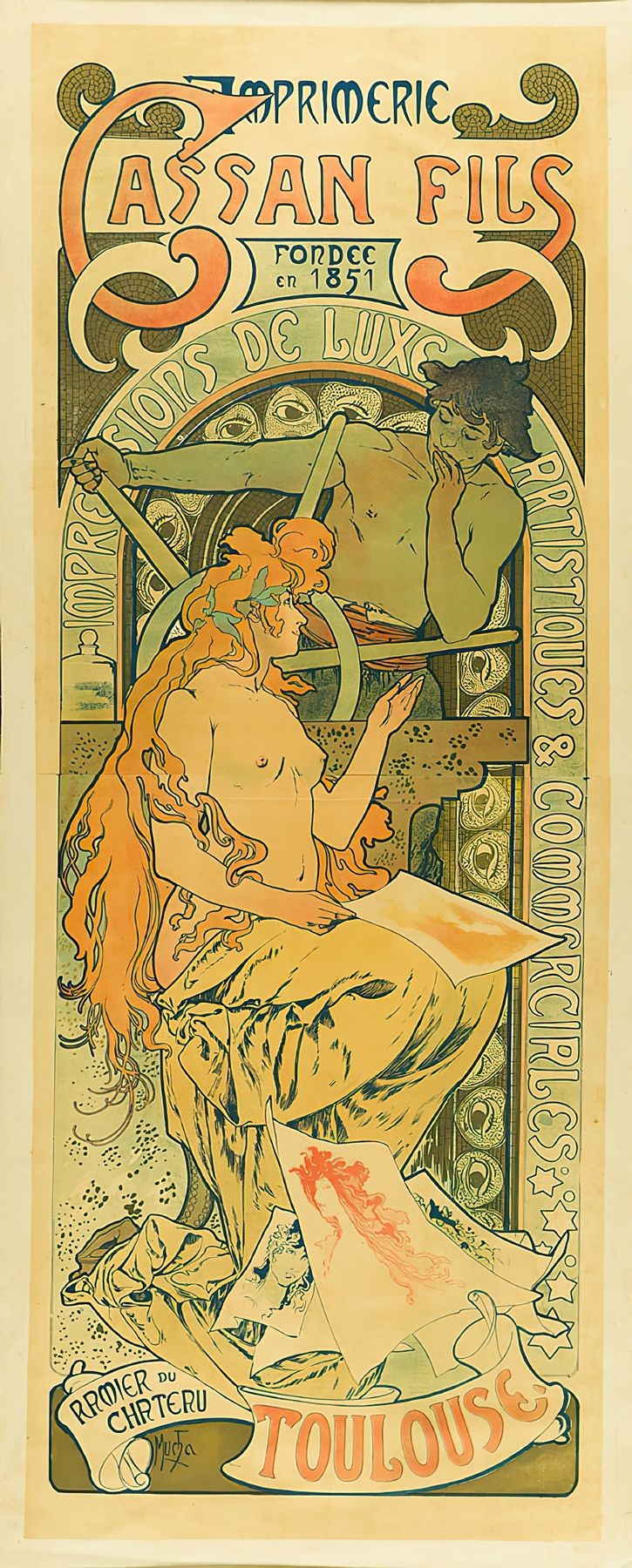
Discover Alphonse Mucha’s 1896 masterpiece for Cassan Fils, where Art Nouveau elegance meets industrial precision in a celebration of printing artistry.
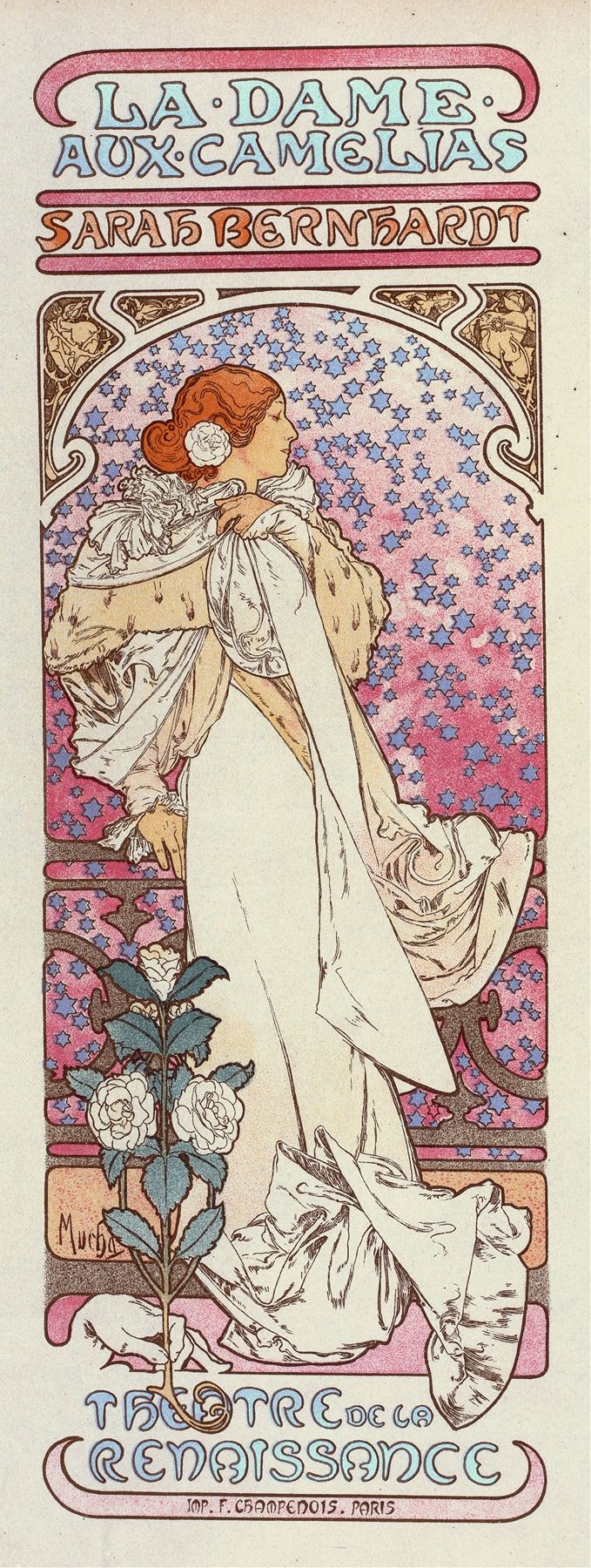
Delve into Alphonse Mucha’s poetic 1898 poster “La Dame aux Camélias,” where theatrical drama, floral symbolism, and Art Nouveau elegance intertwine.
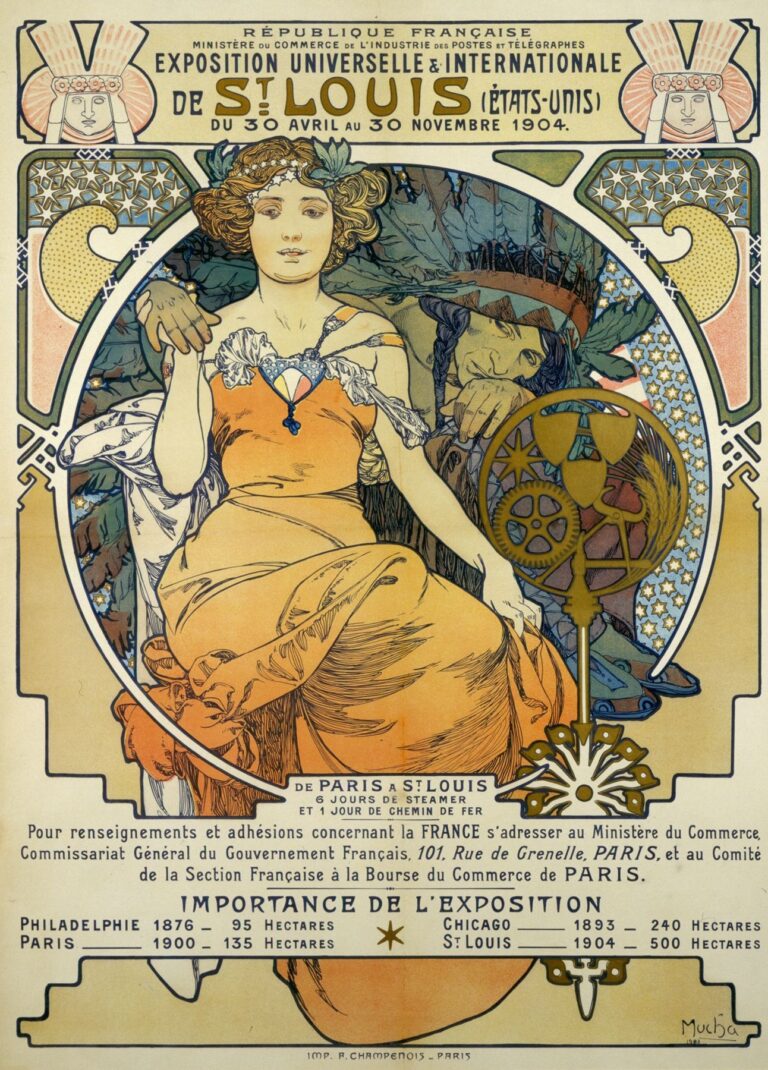
Explore Alphonse Mucha’s 1903 poster for the St. Louis World’s Fair, where classical allegory, ethnographic reference, and industrial iconography unite in masterful Art Nouveau design.
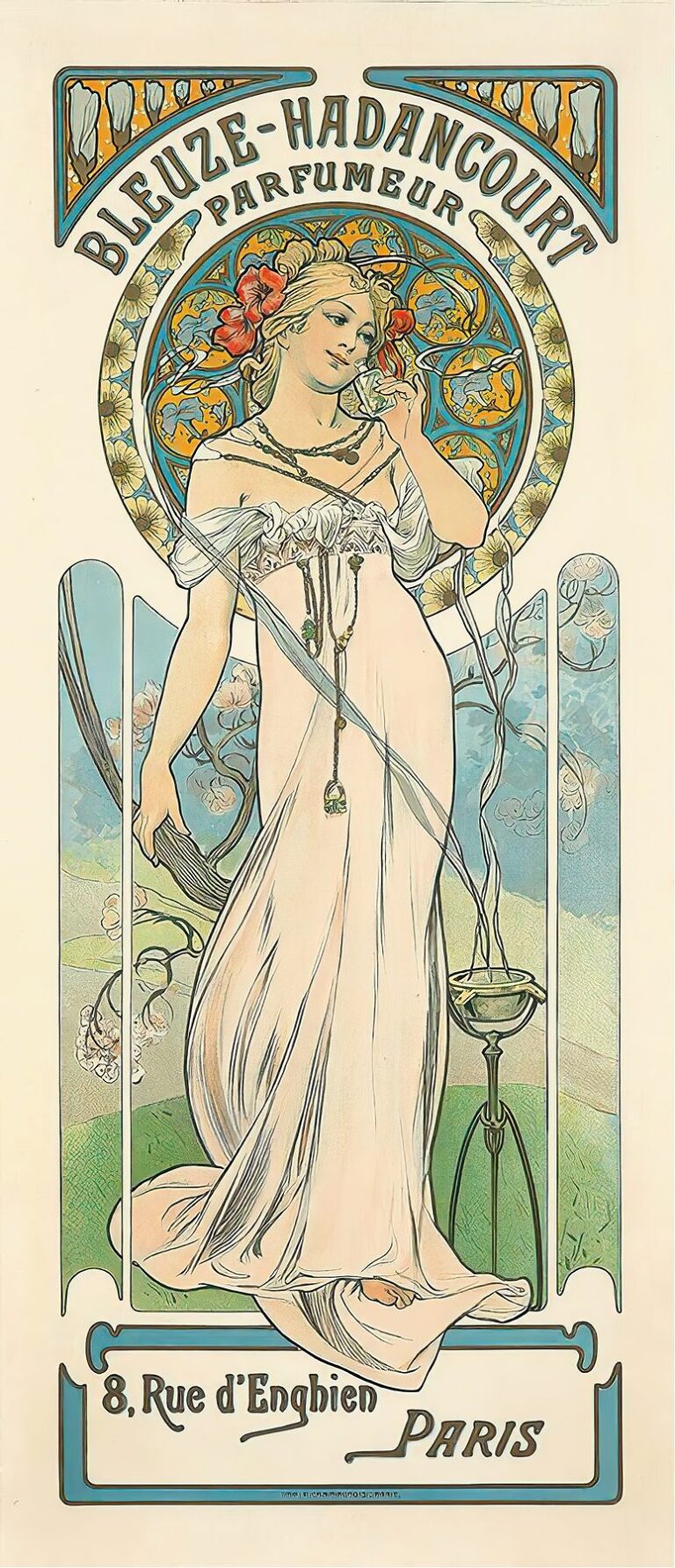
Delve into the floral symbolism, elegant composition, and lithographic brilliance of Alphonse Mucha’s 1899 poster “Bleuze‑Hadancourt Parfumeur.”
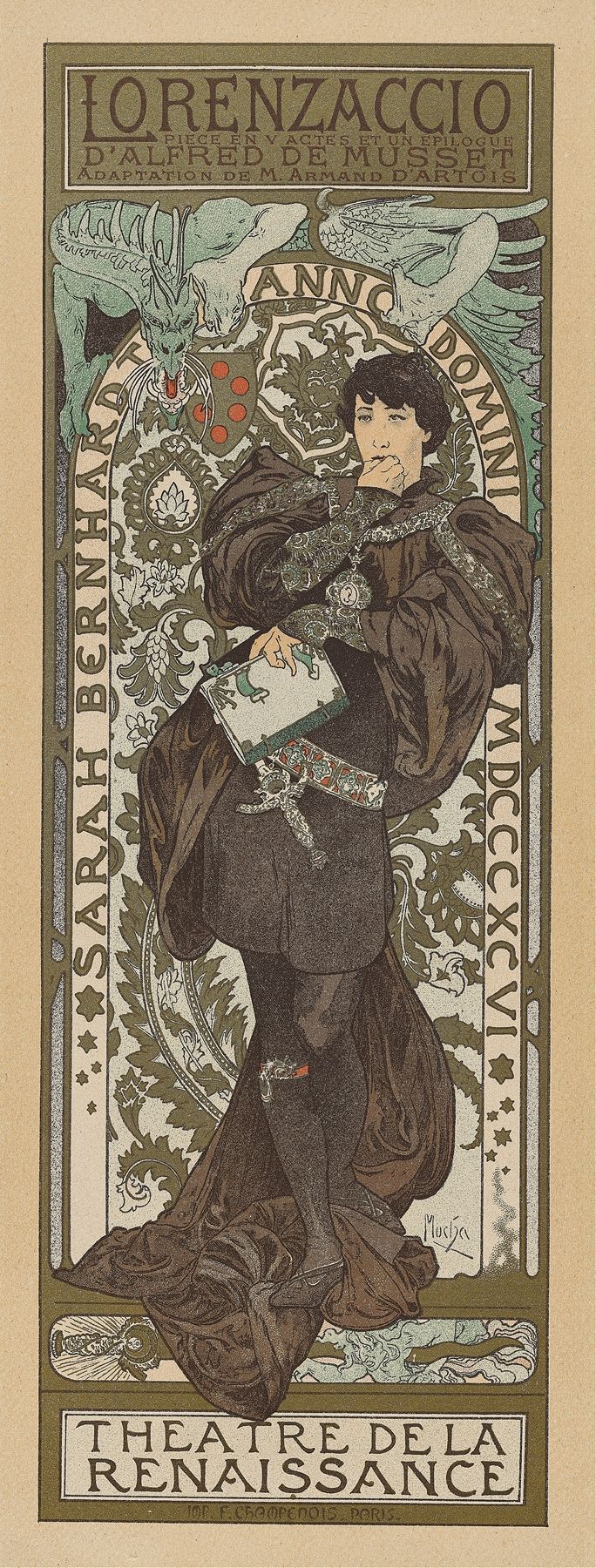
Uncover the dramatic symbolism and decorative brilliance of Alphonse Mucha’s 1900 poster “Lorenzaccio,” created for Sarah Bernhardt’s famed production.
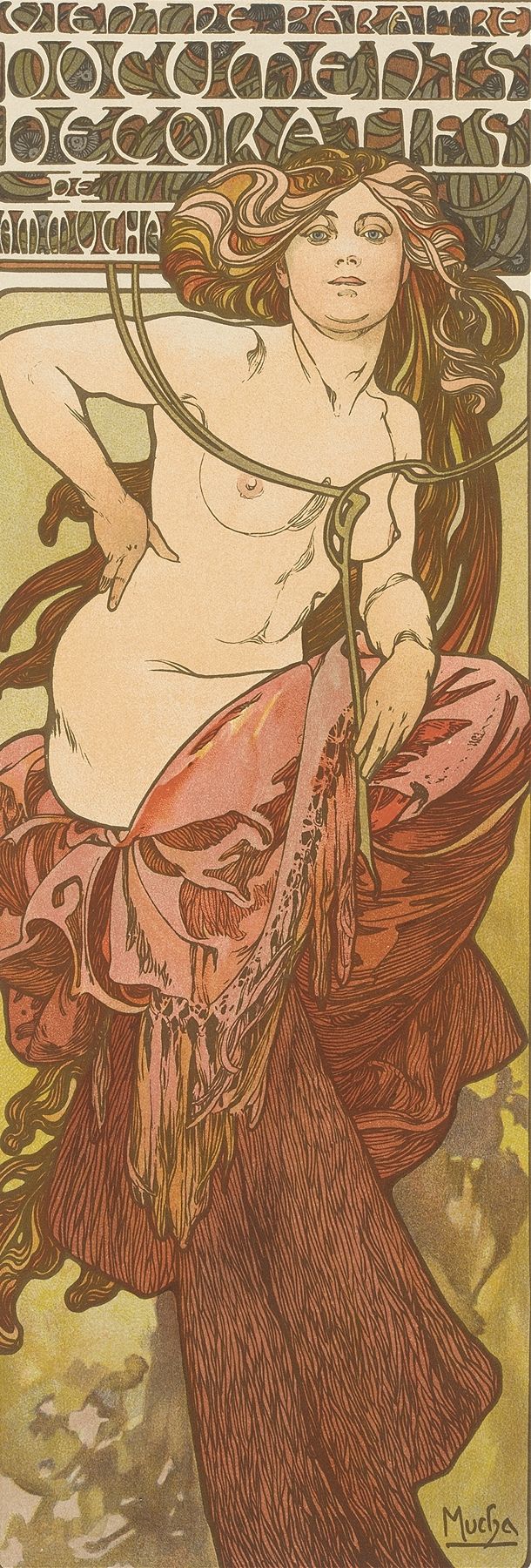
Discover the flowing lines, subtle symbolism, and decorative harmony of Alphonse Mucha’s 1902 lithograph “Untitled Plate 13.”
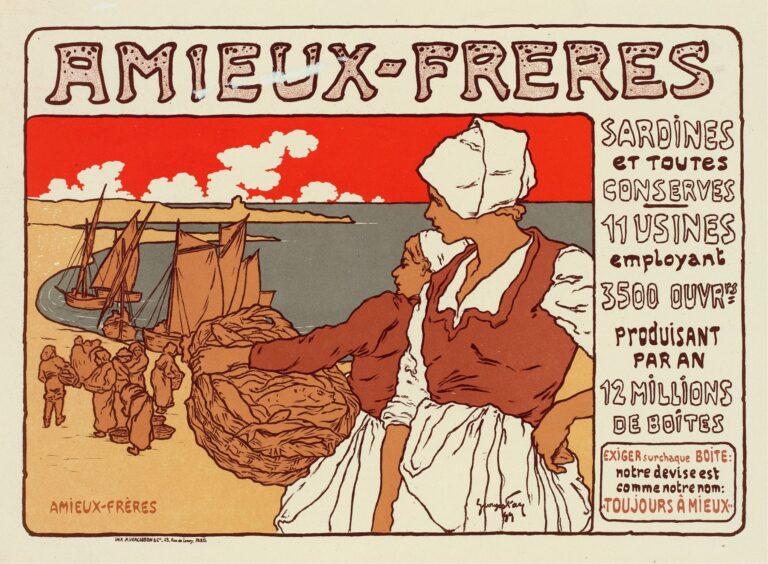
Delve into Alphonse Mucha’s 1899 poster “Bières De La Meuse” with an in‑depth look at its composition, symbolism, and Art Nouveau style.
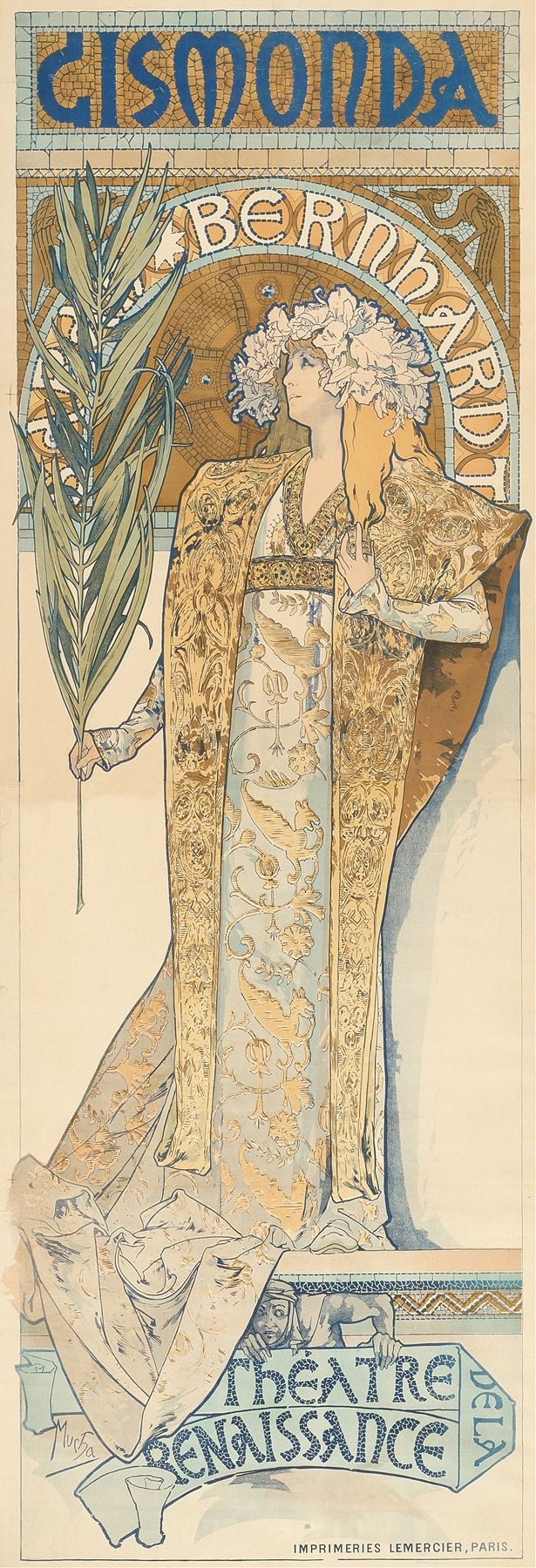
Explore Alphonse Mucha’s landmark 1895 lithograph “Gismonda,” where Byzantine motifs and Art Nouveau elegance unite in a portrait of theatrical grandeur.
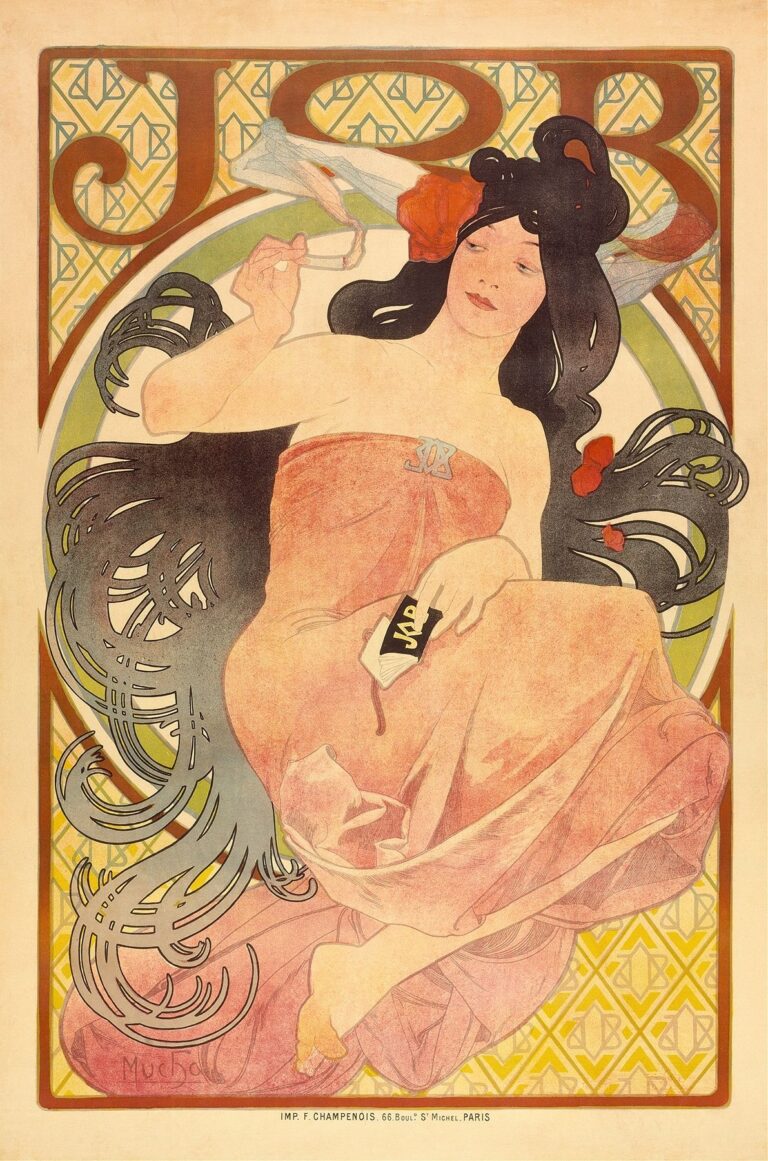
Discover the graceful composition and intricate ornamentation of Alphonse Mucha’s 1898 lithograph “Job.”
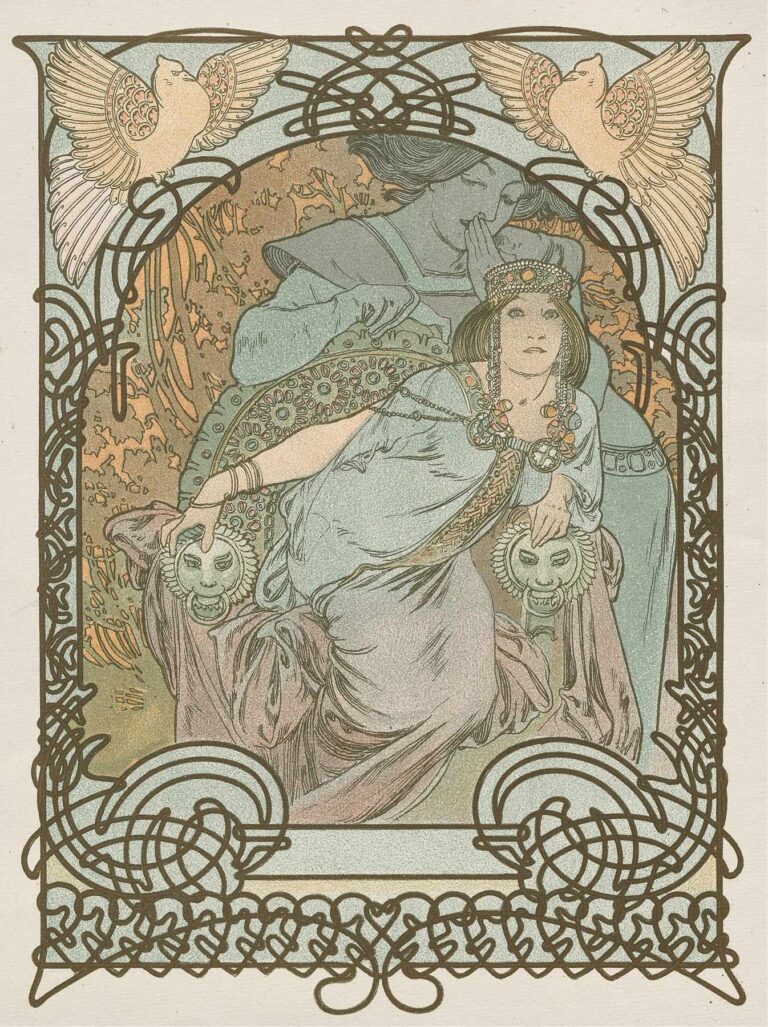
Explore the rich symbolism and decorative elegance of Alphonse Mucha’s 1897 lithograph “Ilsee, Princess of Tripoli.”
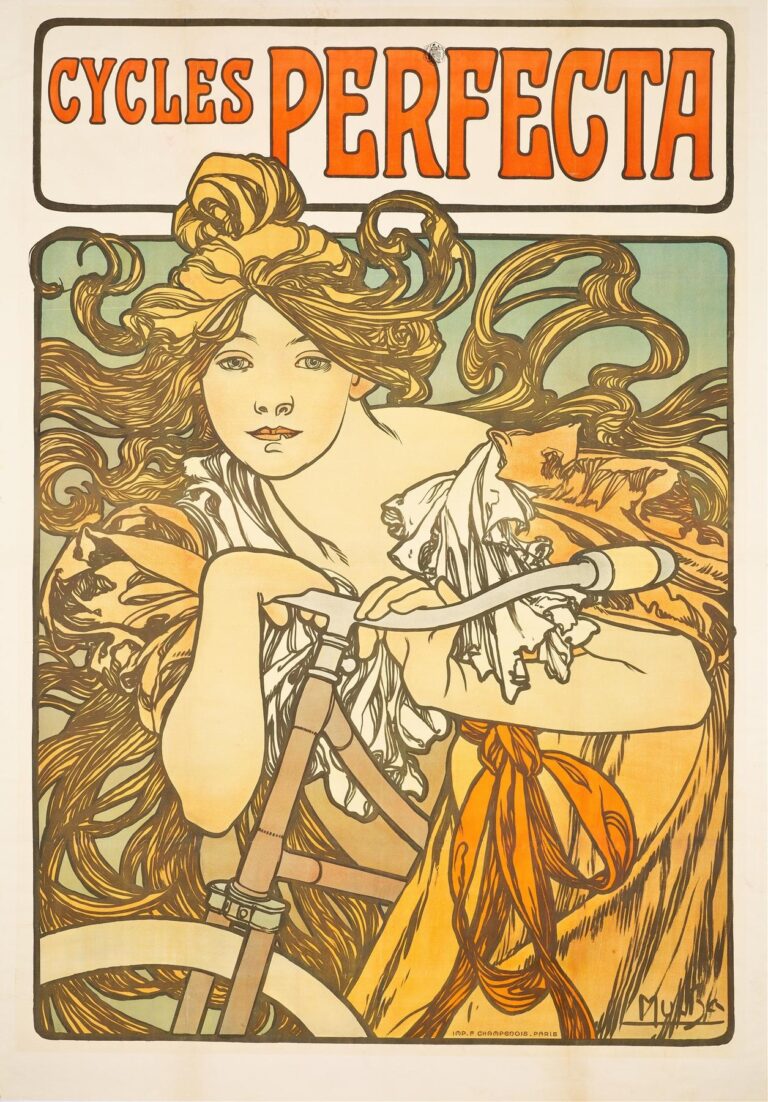
Alphonse Mucha’s 1897 lithograph Cycles Perfecta fuses sinuous Art Nouveau line work, an elegant color harmony, and integrated typography to elevate bicycle advertising into an icon of modernity, female emancipation, and decorative innovation.
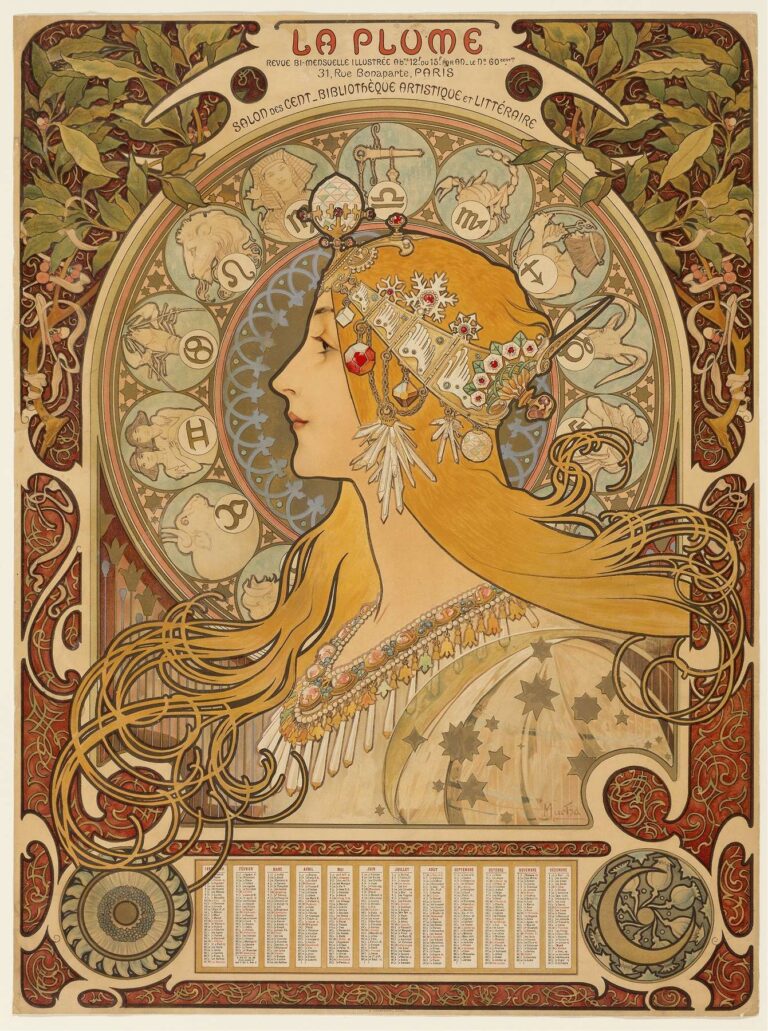
Alphonse Mucha’s 1897 poster Zodiaque (La Plume) blends intricate Art Nouveau line work and a jewel‑toned palette to frame an idealized female figure within a circular zodiac wheel, celebrating the era’s fascination with mysticism and decorative harmony.
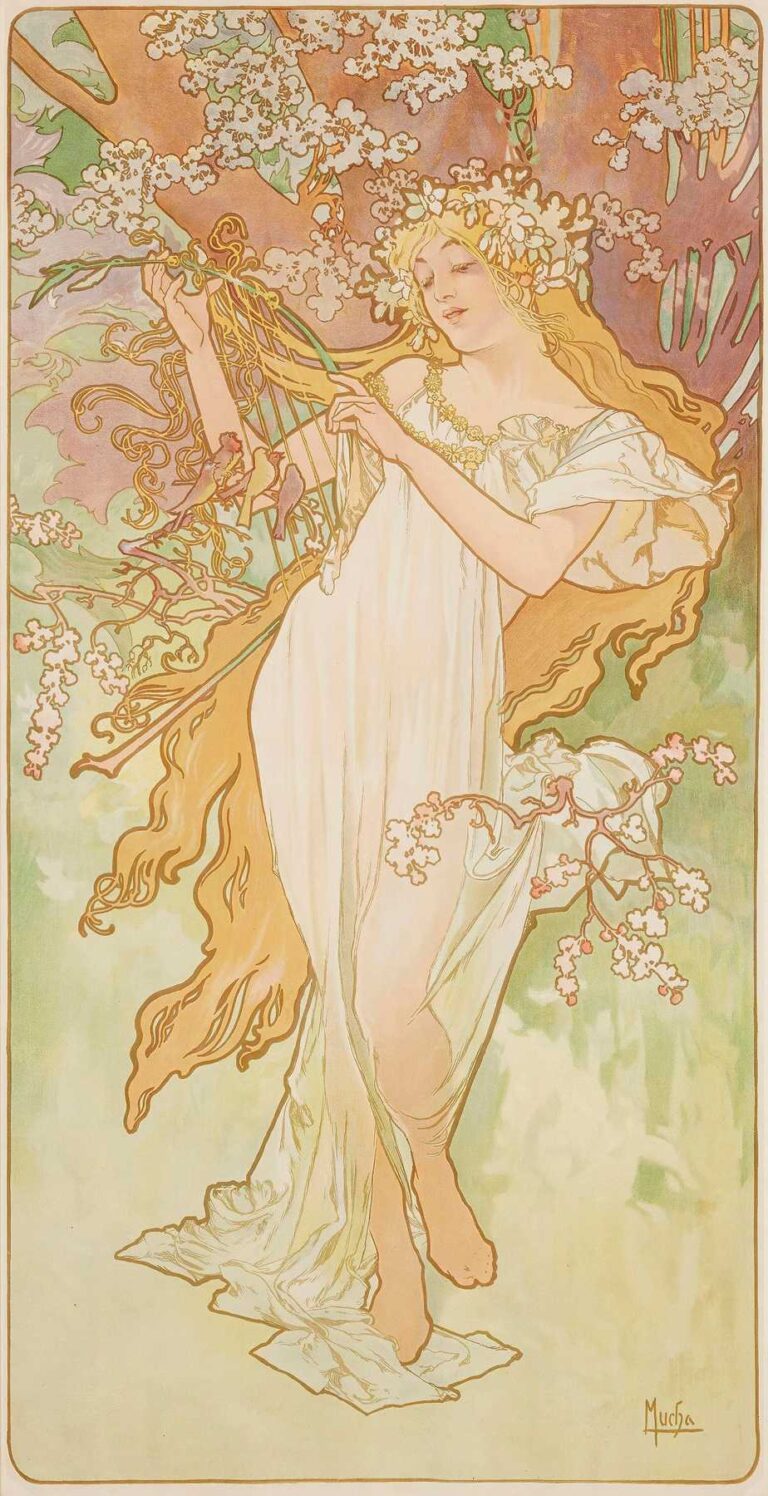
In Les Saisons 2 (1896), Alphonse Mucha captures summer’s lush warmth through a flower-crowned maiden playing a small harp beneath blooming branches, rendered in his signature sinuous lines and pastel palette.
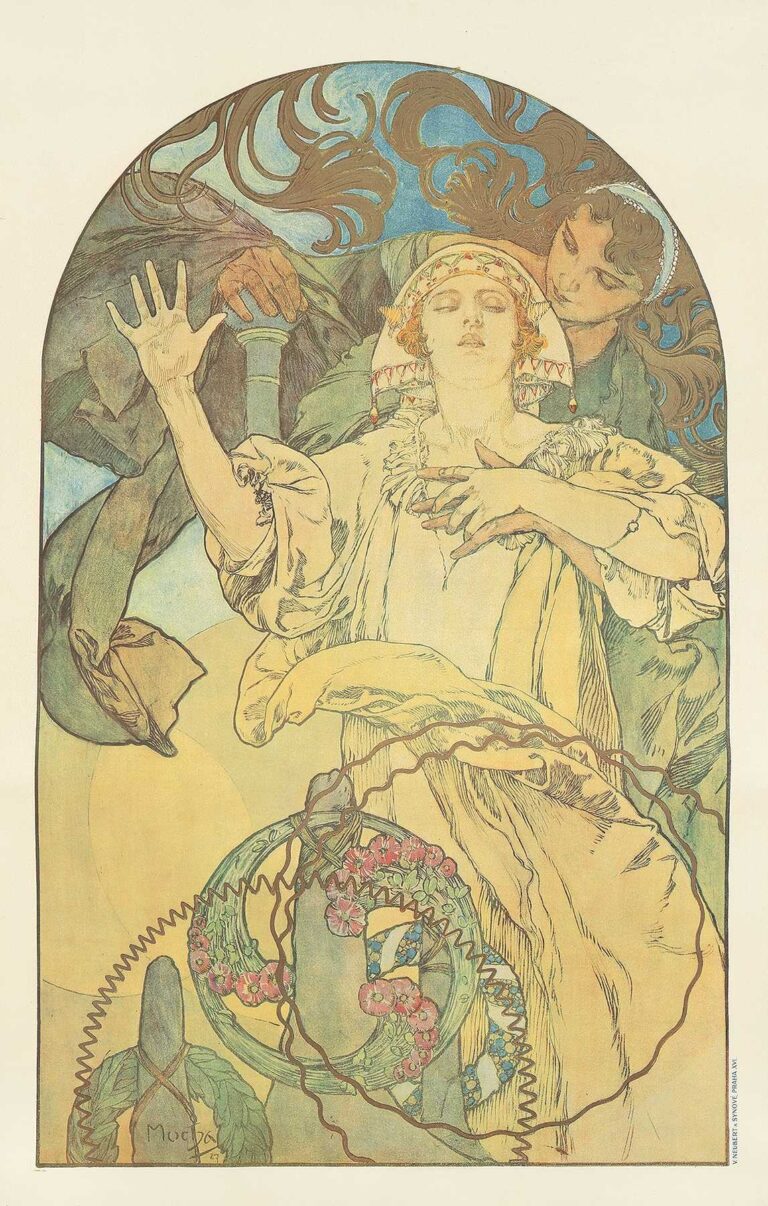
Alphonse Mucha’s 1927 Art Nouveau poster “De Forest Phonofilm” depicts a robed goddess of sound with swirling ribbon-like waves and musical instruments, heralding cinema’s first sound-on-film process.
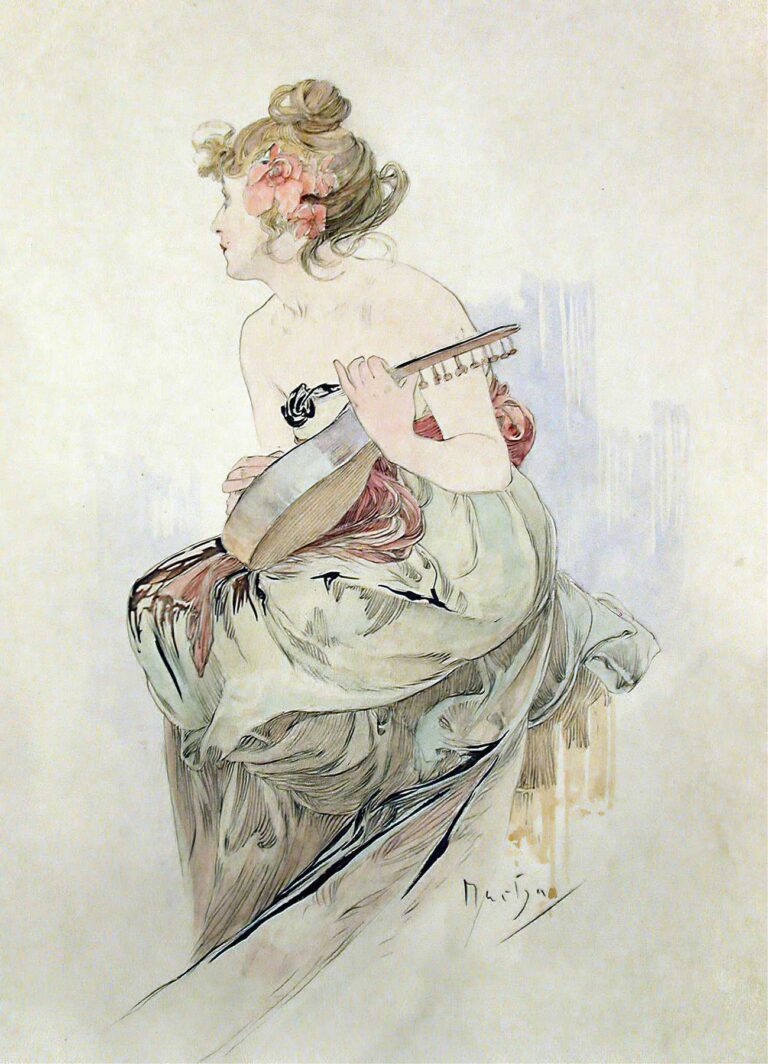
Alphonse Mucha’s delicate watercolor “From the Frontispiece of Le Pater” (c.1899) features an elegant, partially draped maiden seated with a lute, her profile framed by soft drapery folds and a pale, ethereal backdrop, capturing Art Nouveau’s lyrical grace.
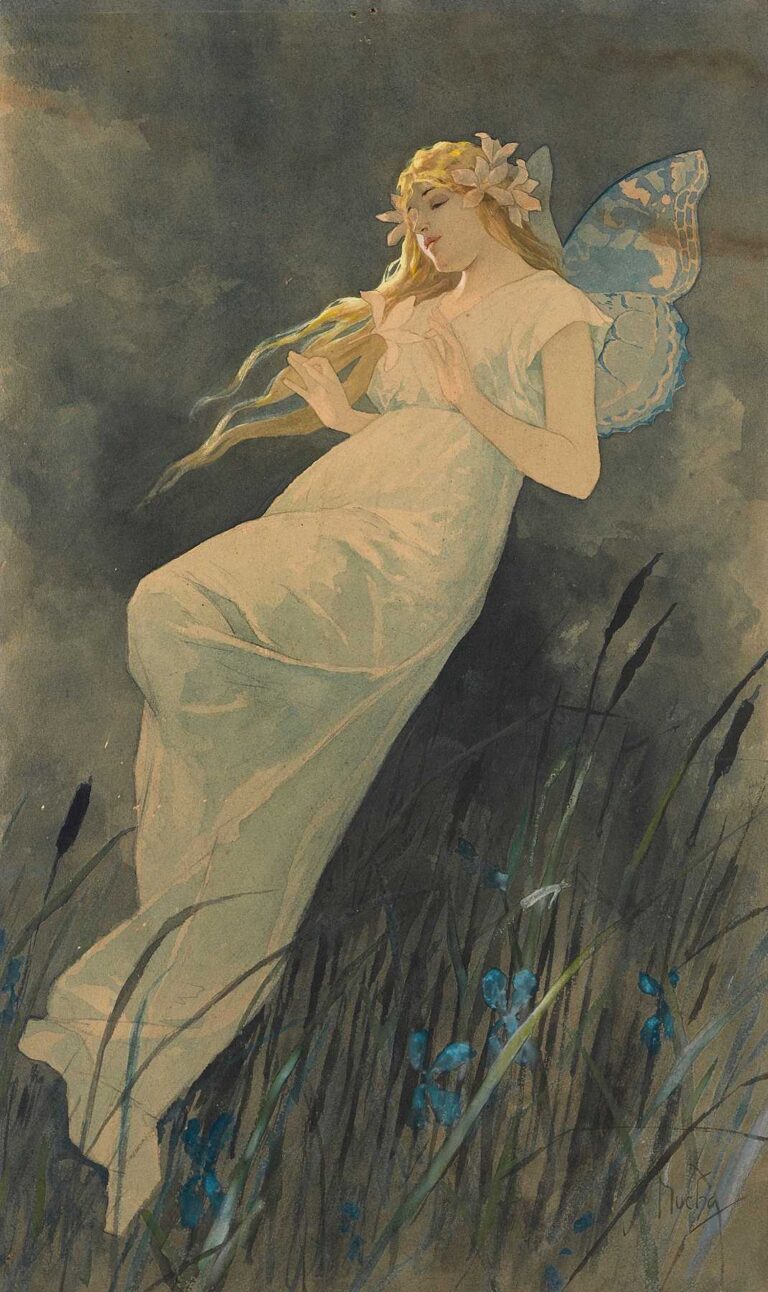
Alphonse Mucha’s 1900 Art Nouveau watercolor “Elf with Iris Flowers” depicts a serene fairy in a flowing gown, crowned with blossoms and clutching irises amid swirling grasses and twilight.
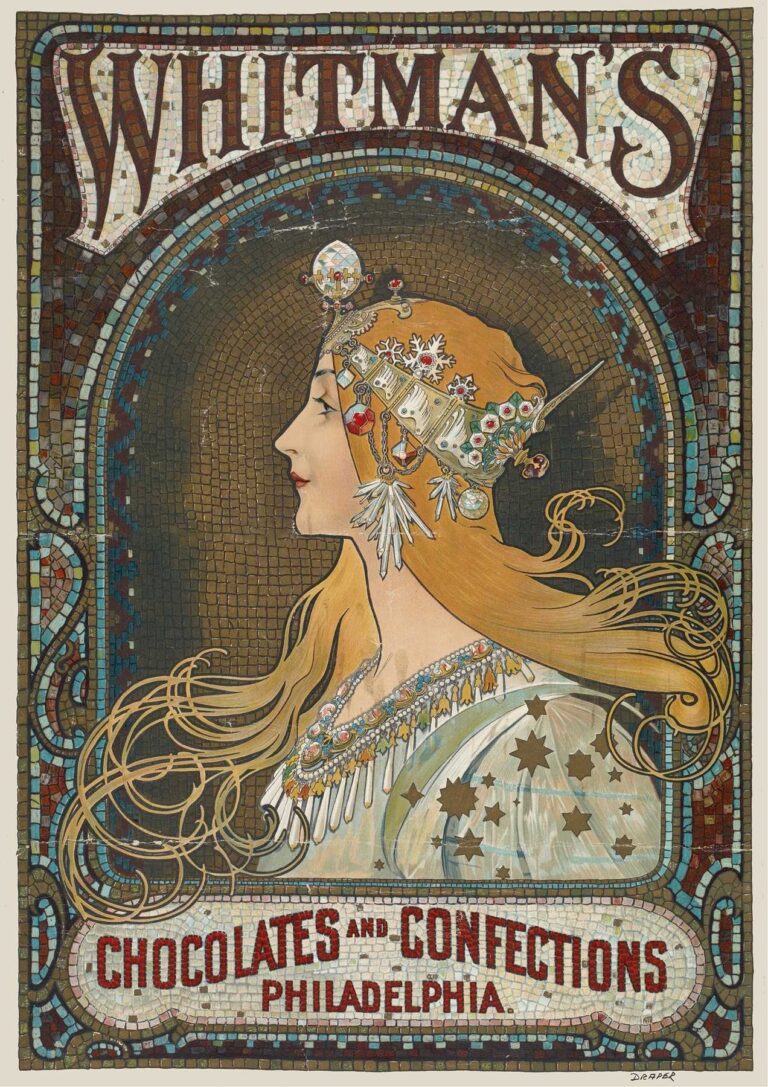
Alphonse Mucha’s iconic Art Nouveau poster for Whitman’s Chocolates (c.1900) depicts a jeweled maiden in profile against a shimmering mosaic halo, symbolizing luxury and refinement.